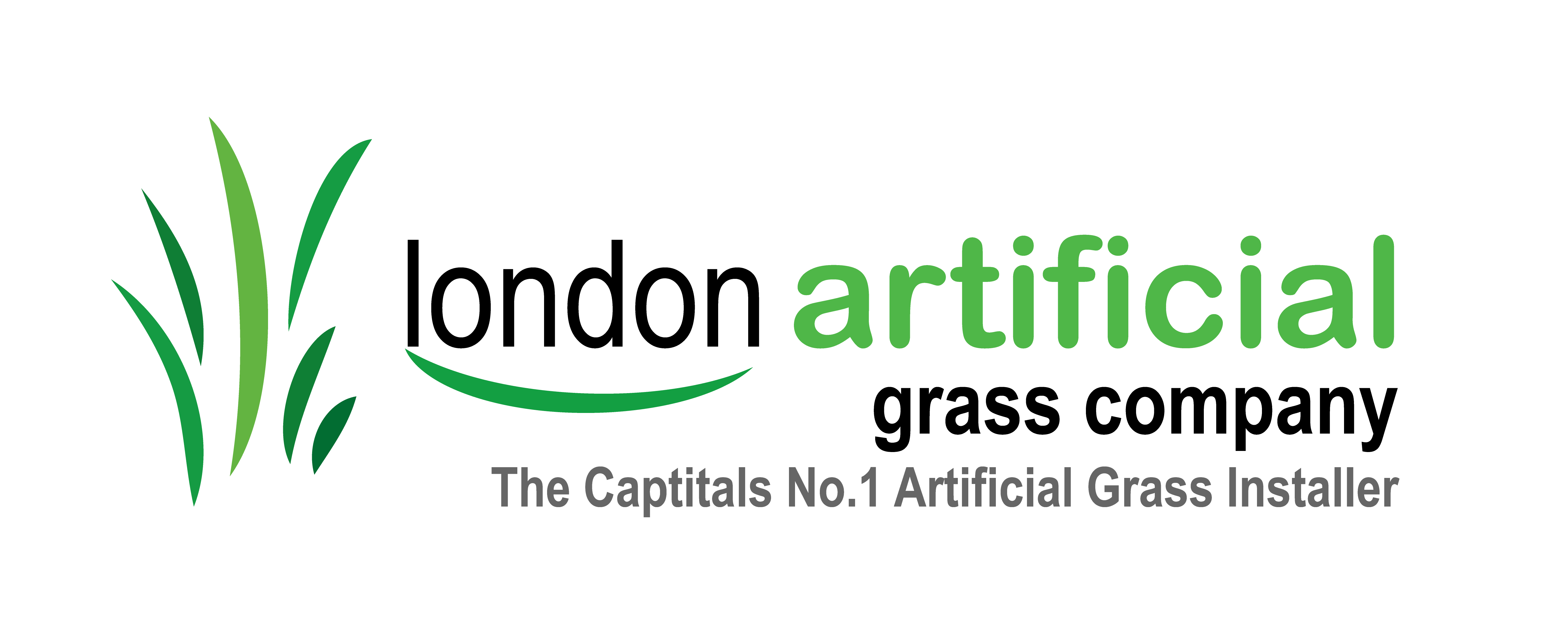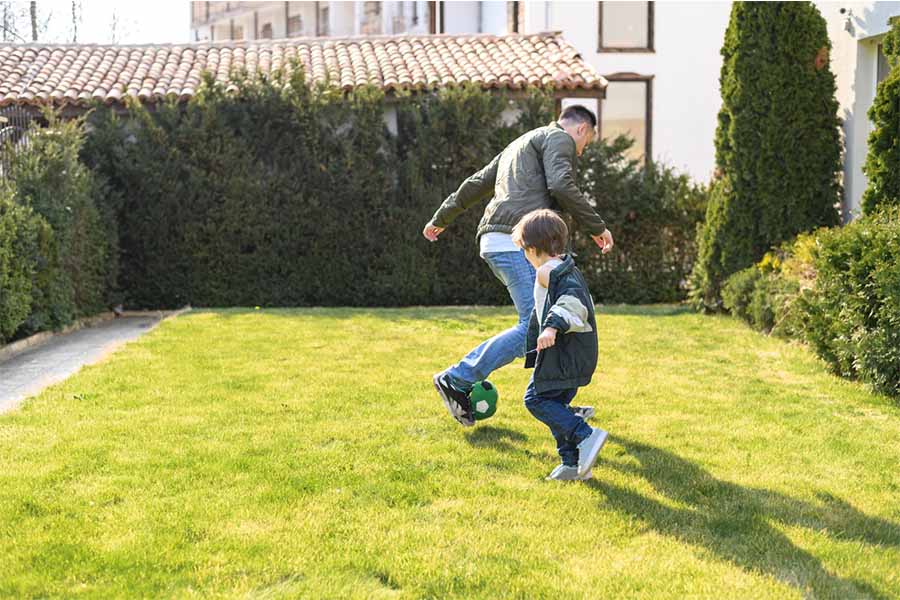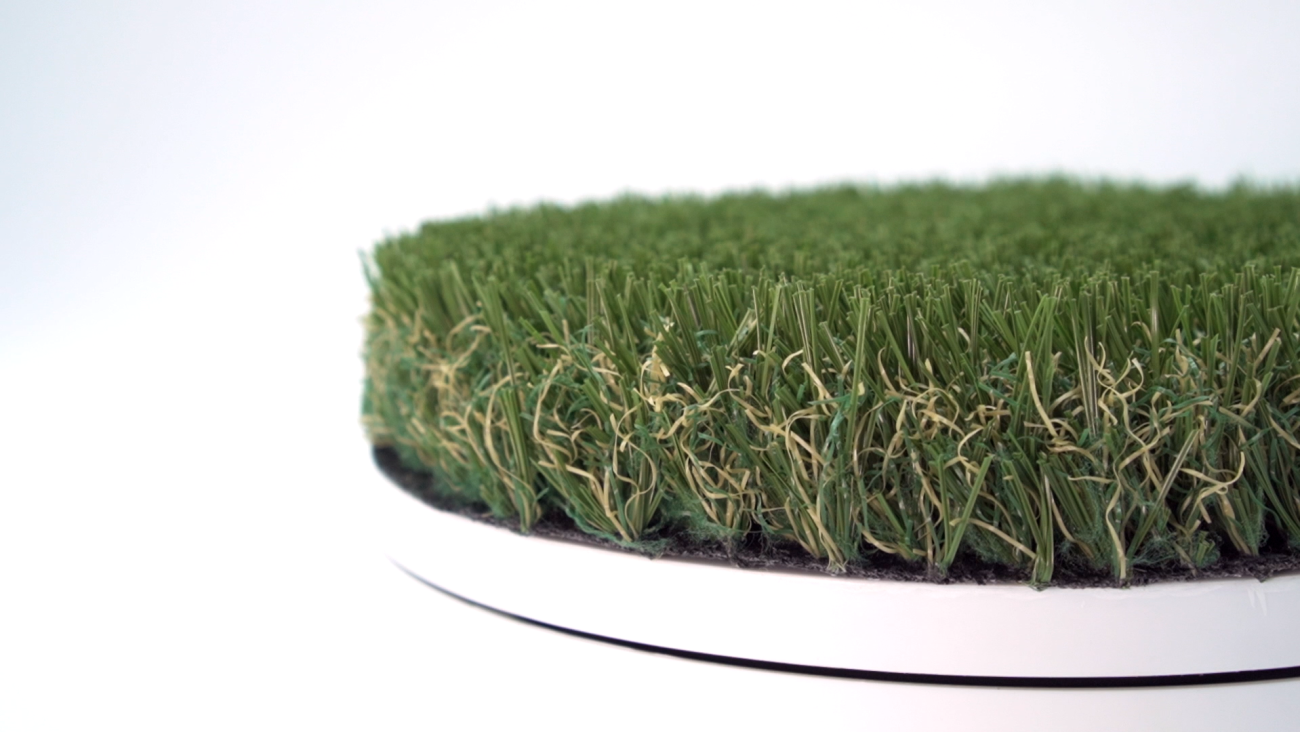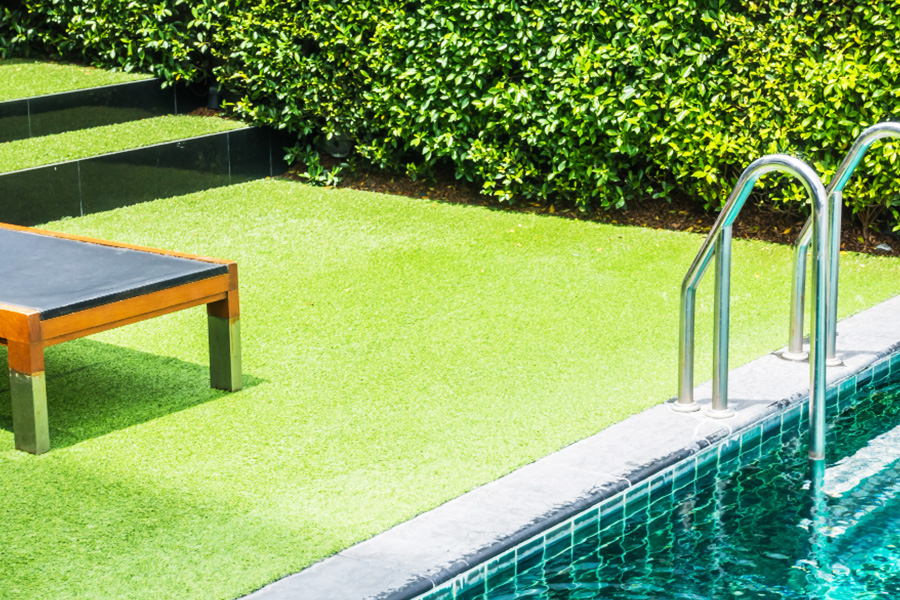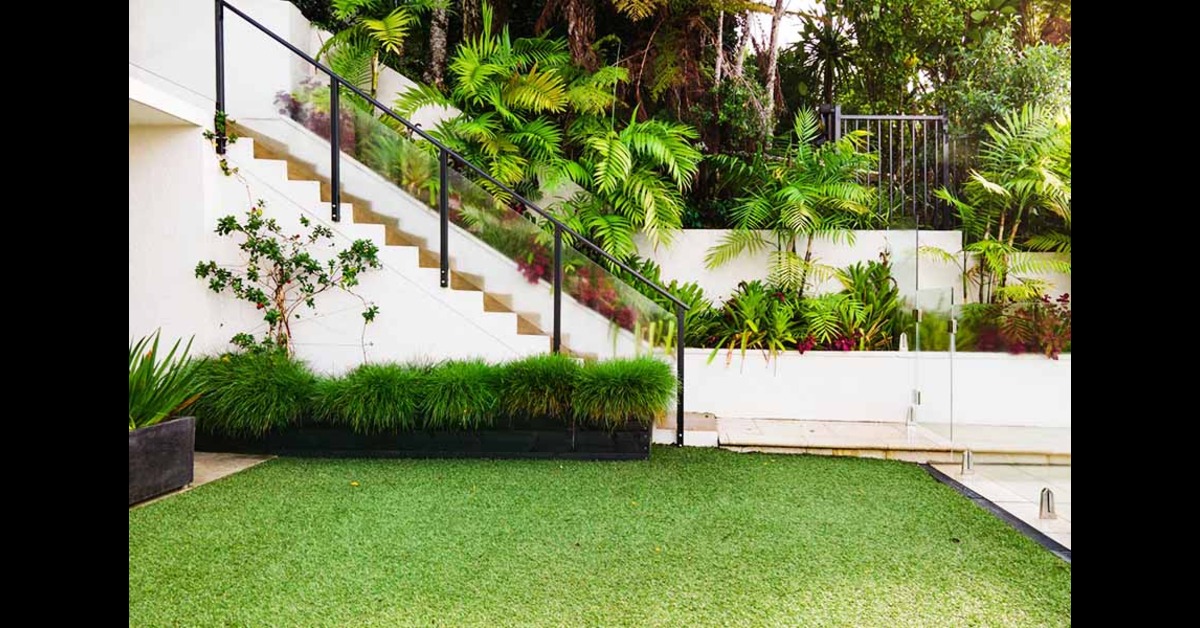The Environmental Impact of Synthetic Grass in the UK
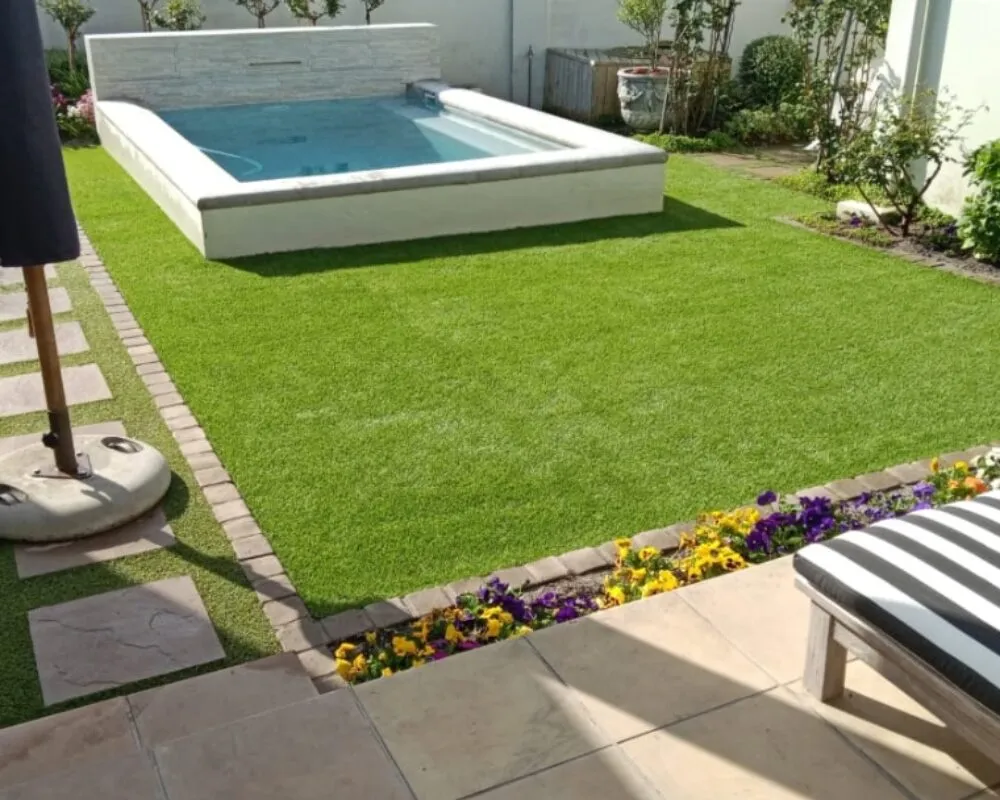
As awareness around climate change and sustainability grows, homeowners, businesses, and councils in the UK are increasingly assessing the environmental implications of their landscaping choices. One such trend gaining momentum is the use of synthetic grass, often seen as a water-saving and low-maintenance alternative to natural lawns. But what is the real environmental impact of synthetic grass in the UK? Let’s explore both the pros and cons of artificial turf installation and how artificial lawn installers are helping reshape urban and residential green spaces.
Water Conservation Benefits
One of the most significant environmental benefits of synthetic grass is water conservation. In the UK, particularly during the warmer summer months and in drought-prone areas, maintaining a natural lawn can demand thousands of litres of water annually. Artificial turf installation eliminates the need for watering, helping households and organisations significantly reduce their water usage. This not only lowers utility bills but also contributes to overall water sustainability in the region.
Reduced Use of Chemicals
Natural lawns often require fertilisers, herbicides, and pesticides to maintain their lush appearance. These chemicals can wash into local water systems, affecting aquatic life and polluting rivers and streams. With synthetic grass, these harmful substances are no longer necessary. Artificial lawn installers now offer eco-friendly options made from non-toxic materials, further reducing the potential environmental footprint.
Carbon Emissions and Manufacturing
On the flip side, it’s important to consider the carbon footprint associated with the production and transportation of artificial turf. Synthetic grass is typically made from plastics like polyethylene, polypropylene, and nylon — all derived from fossil fuels. The manufacturing process consumes energy and contributes to greenhouse gas emissions. However, many modern suppliers are now working towards sustainable production by using recycled materials and investing in carbon offset programmers.
Longevity and Waste Management
A quality artificial turf installation can last 10 to 20 years, reducing the frequency of replacement and conserving resources over time. However, at the end of its lifecycle, disposal becomes a concern. If not properly recycled, synthetic grass can contribute to landfill waste. Fortunately, several artificial lawn installers in the UK now offer recycling services, allowing the materials to be repurposed into new turf or other plastic products.
Heat Retention and Biodiversity
One environmental drawback is that artificial turf can retain more heat than natural grass, potentially impacting microclimates in urban areas. Additionally, synthetic grass does not provide a habitat for insects, birds, or soil organisms, which may reduce biodiversity if used excessively in residential gardens and public spaces. To counteract this, many installers recommend mixing synthetic and natural landscaping elements for a balanced ecosystem.
Conclusion
The environmental impact of synthetic grass in the UK is a complex topic with both benefits and challenges. While artificial turf installation offers water conservation and reduces chemical use, it also raises concerns about manufacturing emissions and biodiversity loss. As the industry evolves, artificial lawn installers are increasingly embracing greener technologies and responsible disposal practices. For UK property owners, the key lies in making informed choices that balance aesthetics, practicality, and sustainability.
